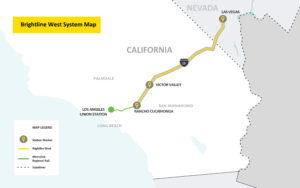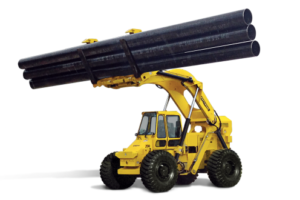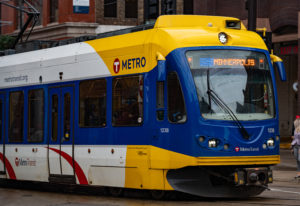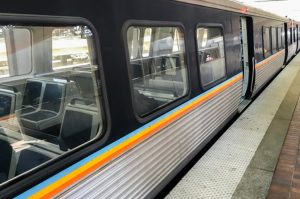Caltrans releases latest draft plan for rail improvements; high-speed rail is a high priority
Written by RT&S StaffThe California Department of Transportation (Caltrans) has released its latest draft plan for highway and rail improvements that will more safely, efficiently, and sustainably move people and goods between different regions in the state.
The Interregional Transportation Strategic Plan (ITSP), which is updated every five years, guides Caltrans and its partner agencies in developing innovative and cost-effective projects for interregional corridor improvement. The 2021 Draft ITSP is now available for review and public comment.
“Californians deserve a world-class transportation system that is safe, sustainable, equitable, and interconnected while fitting the unique needs of all areas in our state. We are requesting your input to help make that vision a reality,” said Caltrans Director Toks Omishakin.
The plan has identified eight distinct regions in California based on a variety of factors including: geographic features, location, local economies, specific attractions, and regional industries. Those regions are: Southern California, Central Coast, Central Valley, Eastern California, San Francisco Bay Area, Sacramento Area, North Coast, and North State. Eleven major travel connections linking these eight regions have been identified as Strategic Interregional Corridors.
Corridors in need of investment and improvement include the:
- Southern California–Southern Nevada/Arizona Corridor
This region is the nation’s largest and most important freight gateway and corridor for international trade. The corridor connects southern California’s seaport gateways and the Inland Empire’s massive warehousing complexes to the rest of the U.S. via three interstate highways (I-10, I-15, and I-40) and parallel freight rail routes. The three heavily trafficked freeways provide direct connectivity to southern Nevada and Arizona. Critical to the growth of the economy, the region’s two Class 1 railroads also carry international and domestic cargo to and from distant parts of the country.
- Bay Area–Central Valley–Los Angeles Corridor
This corridor connects three of the nation’s largest container ports (Los Angeles, Long Beach, and Oakland) by both rail and highway to the rest of the county as well as transporting a variety of agricultural products from California’s largest agricultural region, the San Joaquin Valley, to local, regional, national, and international markets. The corridor includes a critical section of I-5 that traverses over the mountains known as “the Grapevine”—the most common route for automobile, truck, and bus to access the Greater Los Angeles Metropolitan Area.
- San Diego/Mexico Border–Inland Empire Corridor
This corridor is the main link between Mexico and the southernmost counties in the state through two separate connections that accommodate the flow of goods and people moving between the U.S. and Mexico. As the largest direct international links in the state, these connections are a critical hub for manufacturing and international trade. The corridor includes seven land Ports of Entry, which serve more than 154 million people and represent over $75 billion dollars in cross-border trade annually.
High priority improvements and strategies laid out in the draft plan include:
Intercity Passenger Rail: Increase intercity passenger rail service frequency and expand rail fleet; implement infrastructure needed to support increased rail service; improve integration between regional, intercity, and high-speed rail systems; develop intercity passenger rail service to the Coachella Valley and Phoenix, Ariz.; and develop new rail extensions to the Mexico border.
California High-Speed Rail: Development of a high-speed rail system consistent with the California State Rail Plan, some phased construction of high-speed rail, and integrate planned high-speed rail service from Las Vegas to Los Angeles.
View the 2021 Draft ITSP here.
Read more articles on Class 1s.





